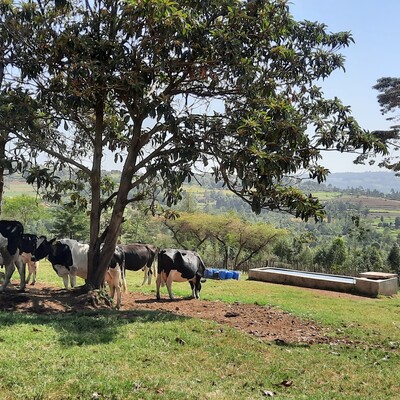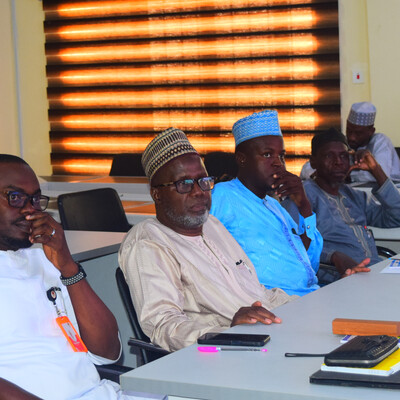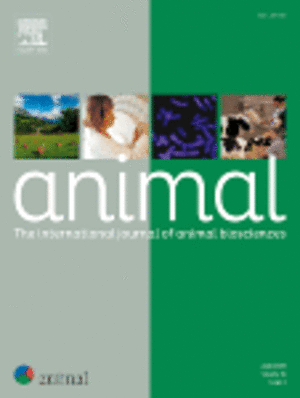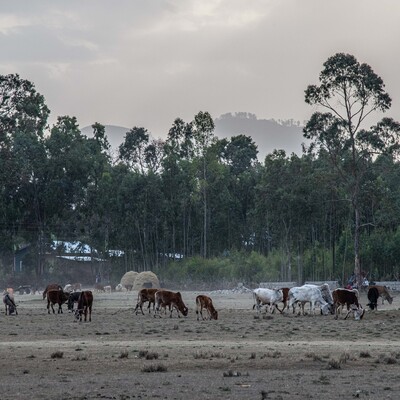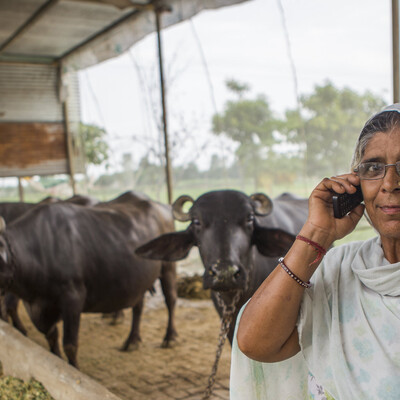

In the field: Listening to adaptation pioneers
Posted on
by
- Birgit Habermann
- Leah Gichuki
- Emmaculate Kiptoo
Field days are events that bring people together. In this case, adaptation pioneers, other farmers, different partners, researchers—and everybody wants to share or learn something. The atmosphere is fascinating: there is all this anticipation and excitement in the air, especially with the dark clouds looming over the farms in this rainy May. When we arrive in the morning on the farm, the tents are being erected. The team set up the registration table, puts up the banners, and prepares the disinfectant for people to step in to prevent the transmission of livestock diseases.
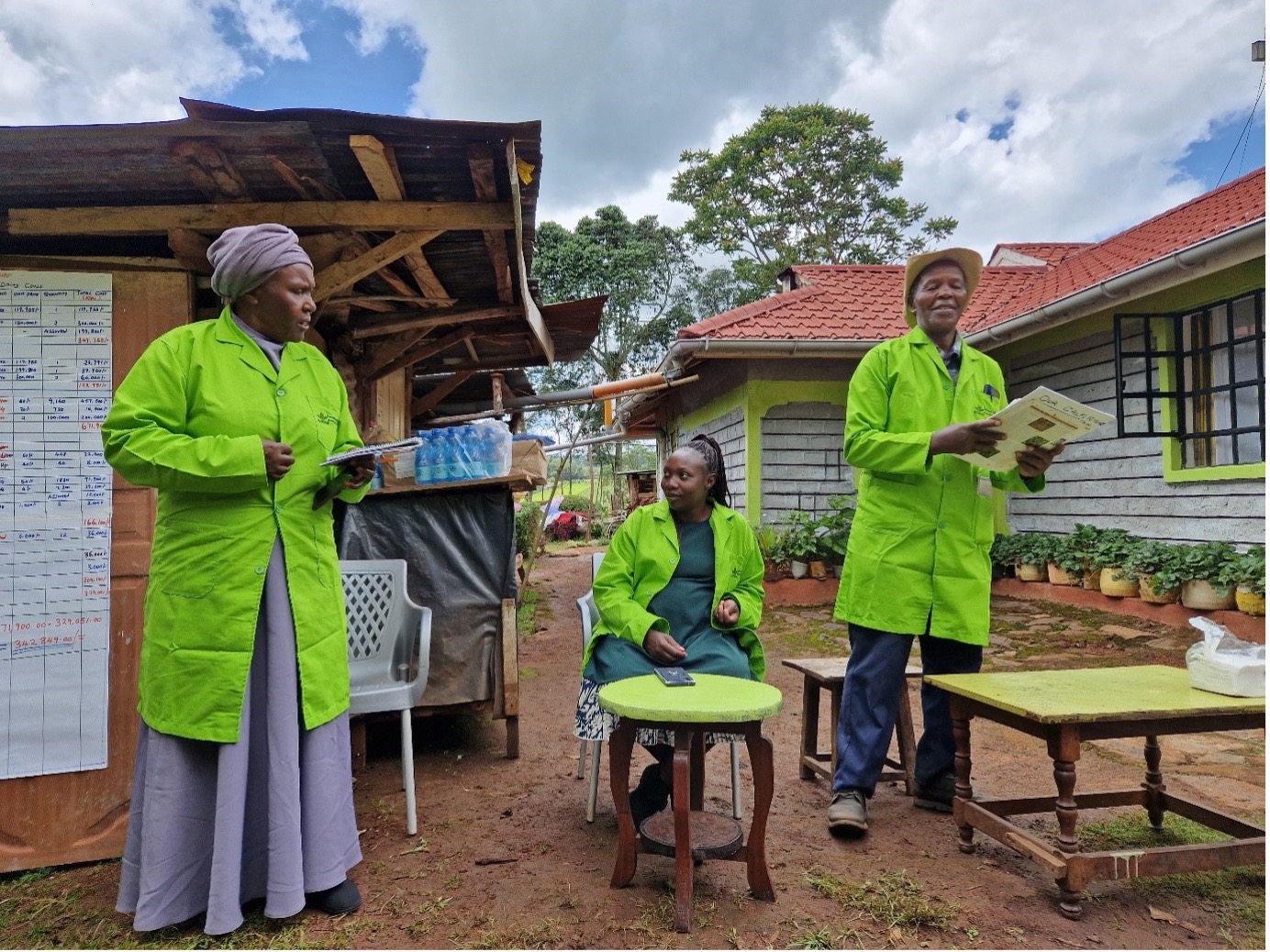
Adaptation pioneers Joel and Eunice Rotich introduce the attending farmers to the field day programme on their farm, supported by Leah Gichuki, ILRI research officer. Photo by B.Habermann/ILRI.
The interaction in peer-to-peer learning is one of the most effective ways for farmers to learn. Pioneer farmers showcase what they have been doing on their farms. Other farmers get to share their experiences, which is a great way to learn. Farmers learn by doing; pioneer farmers demonstrated how to establish and plant different fodder crops. This was done practically together with other farmers.
Regina Koech on the benefits of farmer field days
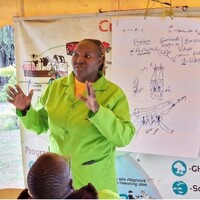
Regina Koech
“We rarely get to meet so many interested farmers in one place. This is an amazing opportunity for us to talk to them about improvements in breeding and how to access better breeds,” Regina Koech, KAGRC.
The team supporting the adaptation pioneers has organized 37 field days with the pioneer farmers, reaching more than 2000 farmers. It has been a unique experience every time, and the positive feedback has been very inspiring.
Read the full story at CGIAR.org.
Banner Photo: Adaptation pioneers Cornelius and Monica Kosgei help Esther Omayio in preparing demonstration on feed formulation. Photo by B.Habermann/ILRI.
You may also like

Study reveals Africa will reach 1.5°C climate change threshold by 2040 even under low emission scenarios
ILRI News
Bridging knowledge gaps in agro-meteorological services for smallholder farmers in northern Nigeria
Related Publications

Perceived impacts of climate change in pastoralist regions of Ethiopia: A qualitative study applying the concept of One Health
- Tamire, M.
- Mor, Siobhan M.
- Baylis, M.
- Kaba, M.
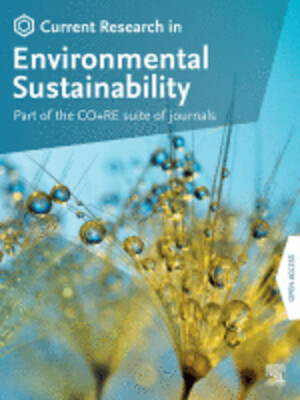
A positive deviance approach to understand gender relations and practices that support transformative adaptation: Insights from Kenya dairy households
- Bullock, Renee
- DuttaGupta, Tanaya
- Miriti, Philip

A framework for managing infectious diseases in rural areas in low- and middle-income countries in the face of climate change-East Africa as a case study
- Worsley-Tonks, Katherine E.L.
- Angwenyi, S.
- Carlson, C.
- Cissé, G.
- Deem, S.L.
- Ferguson, A.W.
- Fèvre, Eric M.
- Kimaro, E.G.
- Kimiti, D.W.
- Martins, D.J.
- Merbold, Lutz
- Mottet, A.
- Murray, S.
- Muturi, M.
- Potter, T.M.
- Prasad, S.
- Wild, H.
- Hassell, J.M.






